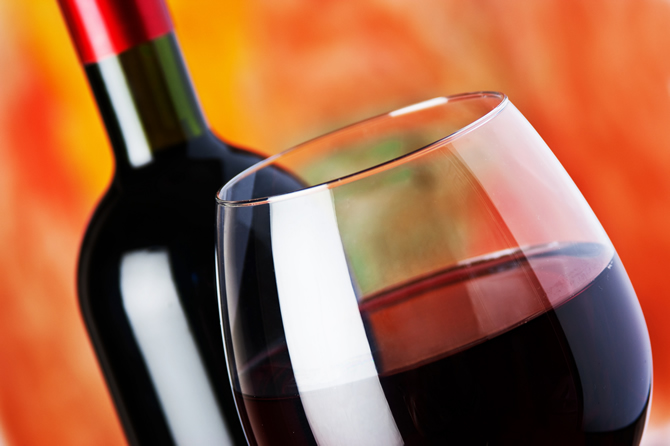30 May 2012
Wine Tasting Fun

In response to a buyer forking out HKD1.82 million each for three bottles of French Lafite 1869 vintages in his record-breaking bid, sommelier Peter Kwong believes the buyer bought it more as collectible than tasting. Lafite is a world-recognised winery located in the wine production region of Bordeaux, which was once ruled by the British government. As the British fell in love with the wine it produced, they decided to promote it to the world.
When measured in monetary value, Burgundy, the other oldest wine production region, is home to the most expensive wine. With an area and production volume just one-fifth of that of Bordeaux, Burgundy boasts a much longer history in wine production, and its wine was rated first choice by the then-royal family. Although the continental climate is not favourable to the growth of plants, it proved a suitable environment for the rare grape variety, Pinot Noir. The unique environment brings out the irresistible appeal of Pinot Noir, with its own value attached.
Originated in Europe, wine has spread over the United States and Canada, and over to Asia. According to Kwong, this owed in part to integrated promotion strategies but much more to the special attributes of the wine itself. Its alcohol content is relatively low at about 10% to 12%, which is one-fourth of other liqueurs such as Chinese white wine and Brandy. Moderate drinking will not numb the taste buds, and if matched appropriately, wine can even enhance the taste of dishes.
Take Chinese cuisine as an example, seafood can be matched with the fresh and fruity Chardonnay; shellfish would go well with Sauvignon Blanc with higher acidity; and Cabernet Sauvignon from Bordeaux would be the best match for juicy meat of stronger flavour. According to Kwong's observation, the Chinese like to match Chinese cuisine with Bordeaux wine because of the higher tannic content in the grapes, which can break down the protein and fat in meats, and enhance the flavour. Tannin is an astringent substance found in fruit peels. "Foreigners struggle to appreciate the tannin, while the Chinese have long been familiar with this beautiful bitterness in tea leaves, thanks to the long history of tea culture." Kwong said, smiling.
When being host to foreigner guests, Kwong advises that red wine should be tasted under room temperature, based on the European index as reference, which means an average of 18°C to 20°C. Sometimes you may need to slightly freeze the red wine depending on the environment in Hong Kong; whereas for white wine, due to its higher acidity, would be easier on the palate and taste refreshing after freezing.
Invite your friends and enjoy the fun of wine tasting!
Special Thanks:
Peter Kwong, Chairman of Hong Kong Wine Judges Association, was also Best Sommelier of Hong Kong by the Hong Kong Wine Society in 1995. He ranked second in Asia in the International Sommelier Championship in Paris in 1997.
Life & Leisure

